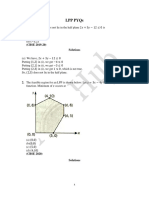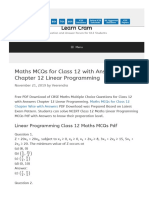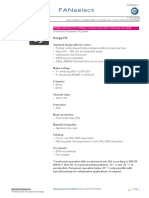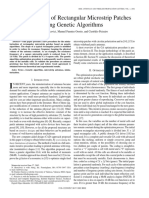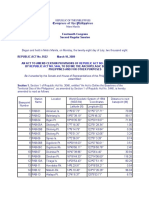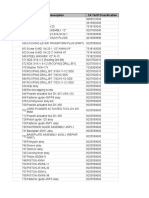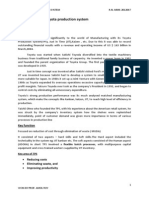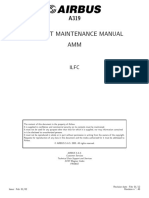0% found this document useful (0 votes)
14 views8 pagesLinear Programming Previous Year Question Bank
The document contains a series of multiple-choice questions and solutions related to linear programming, focusing on the formulation and graphical representation of linear programming problems. It includes various scenarios for maximizing or minimizing objective functions subject to constraints defined by linear inequalities. The content is structured around previous years' CBSE board questions, providing a comprehensive overview of key concepts in linear programming.
Uploaded by
altxd1313Copyright
© © All Rights Reserved
We take content rights seriously. If you suspect this is your content, claim it here.
Available Formats
Download as PDF, TXT or read online on Scribd
0% found this document useful (0 votes)
14 views8 pagesLinear Programming Previous Year Question Bank
The document contains a series of multiple-choice questions and solutions related to linear programming, focusing on the formulation and graphical representation of linear programming problems. It includes various scenarios for maximizing or minimizing objective functions subject to constraints defined by linear inequalities. The content is structured around previous years' CBSE board questions, providing a comprehensive overview of key concepts in linear programming.
Uploaded by
altxd1313Copyright
© © All Rights Reserved
We take content rights seriously. If you suspect this is your content, claim it here.
Available Formats
Download as PDF, TXT or read online on Scribd
/ 8













